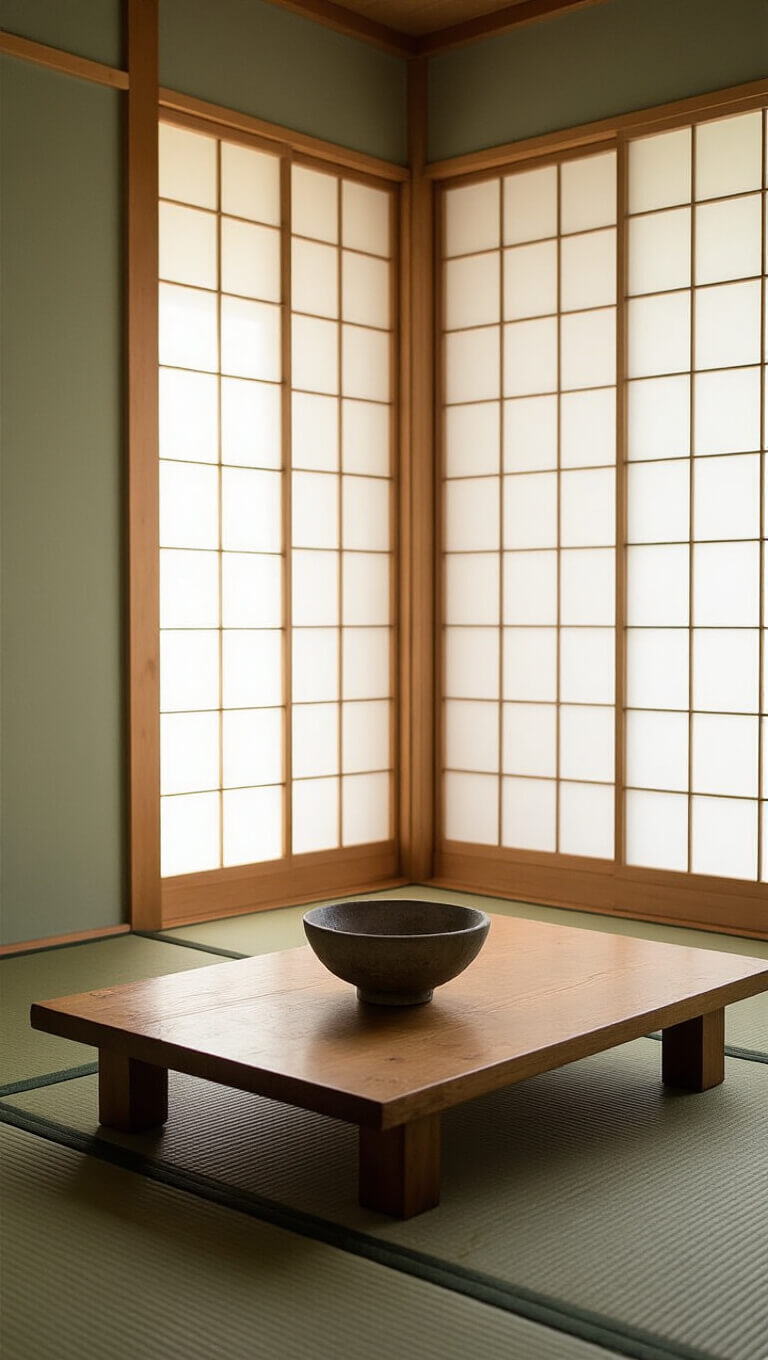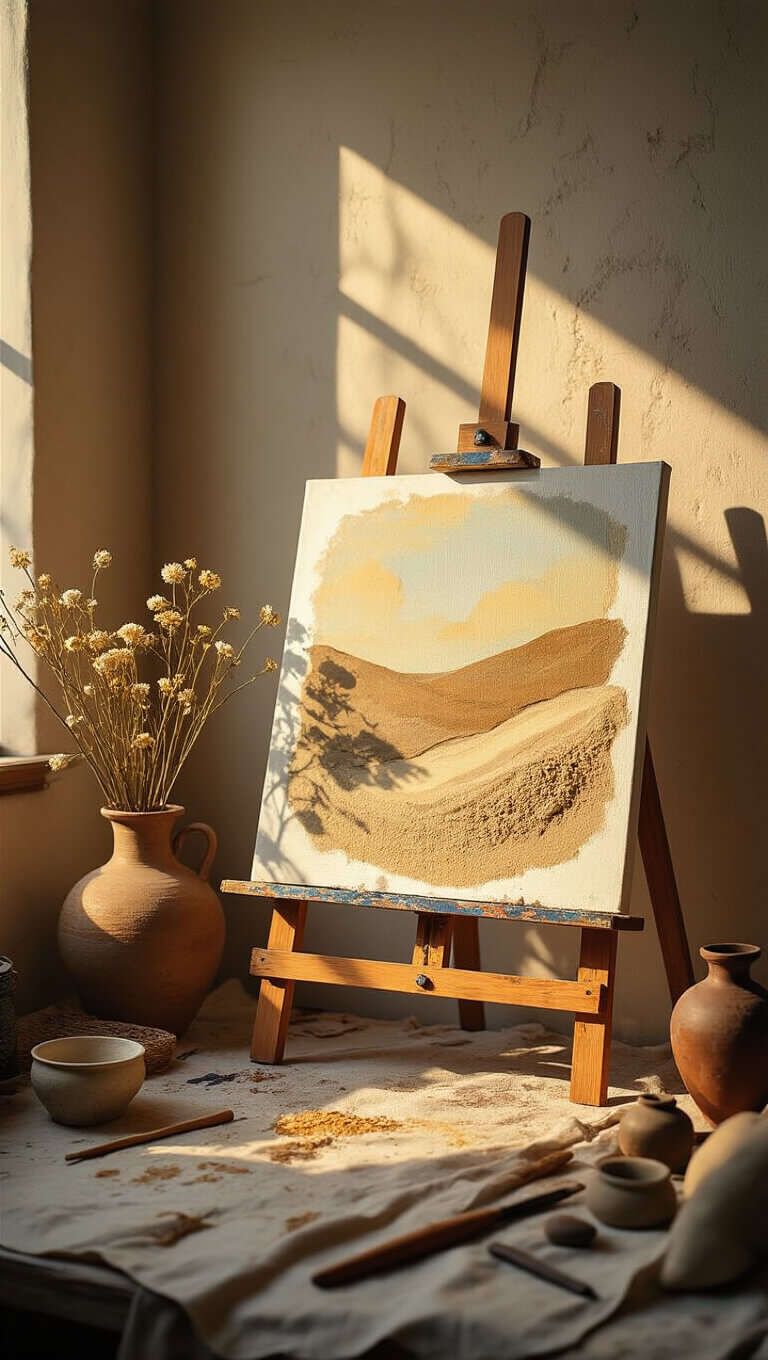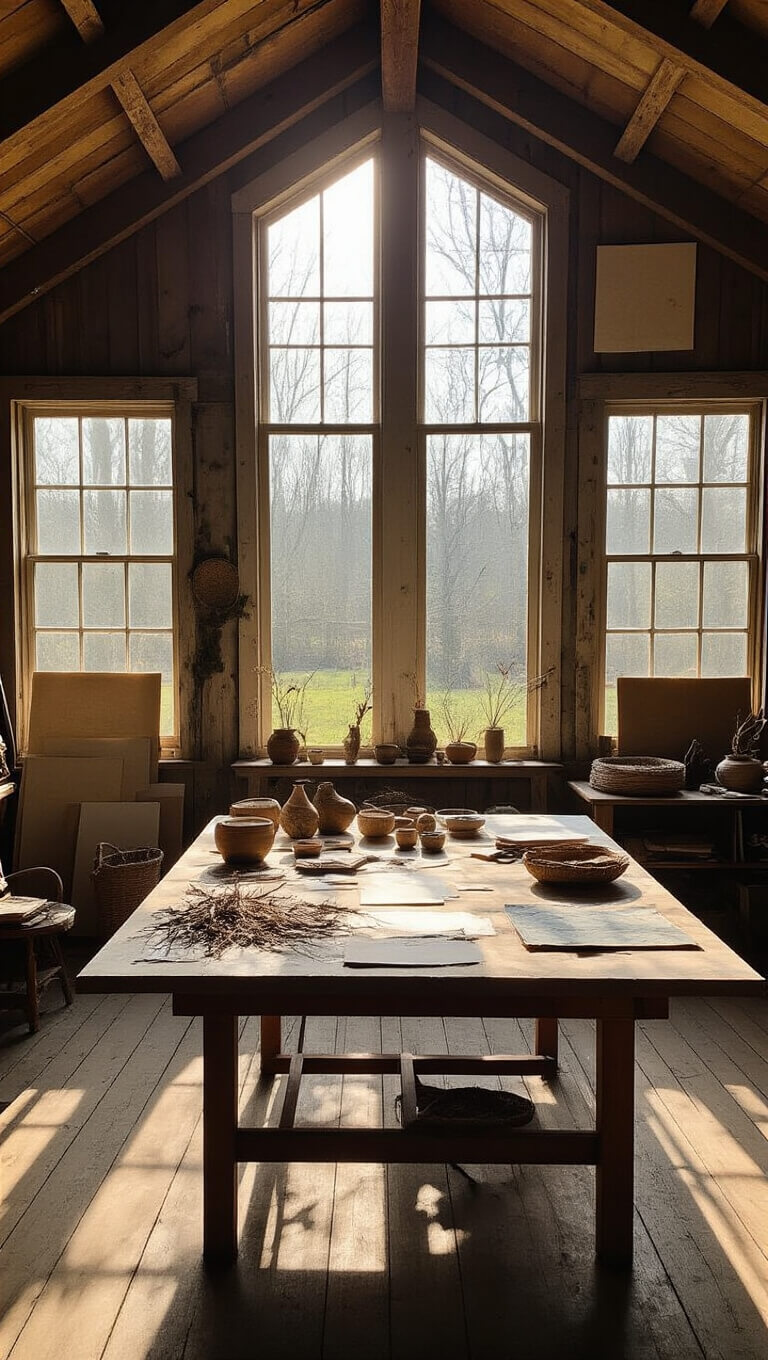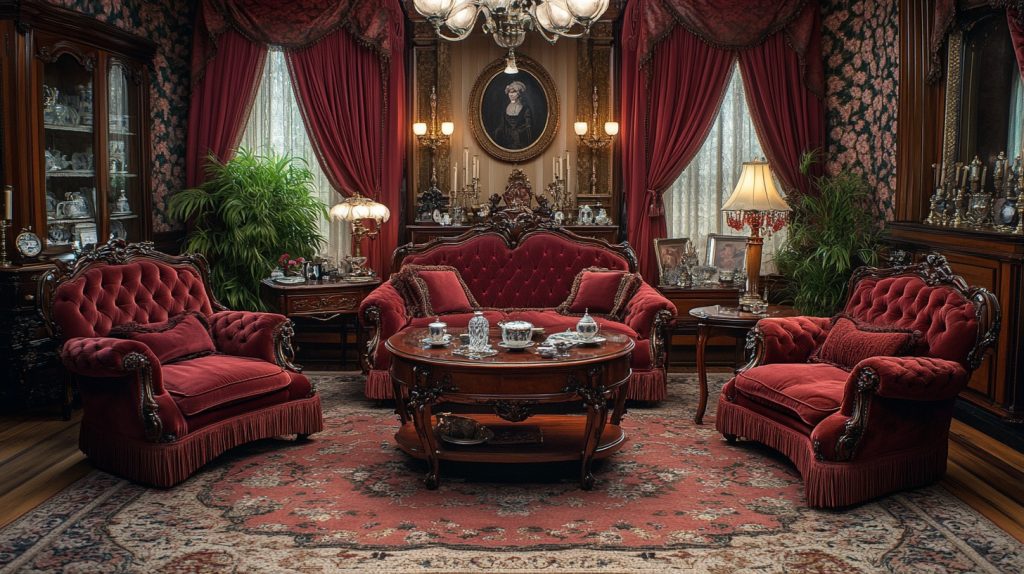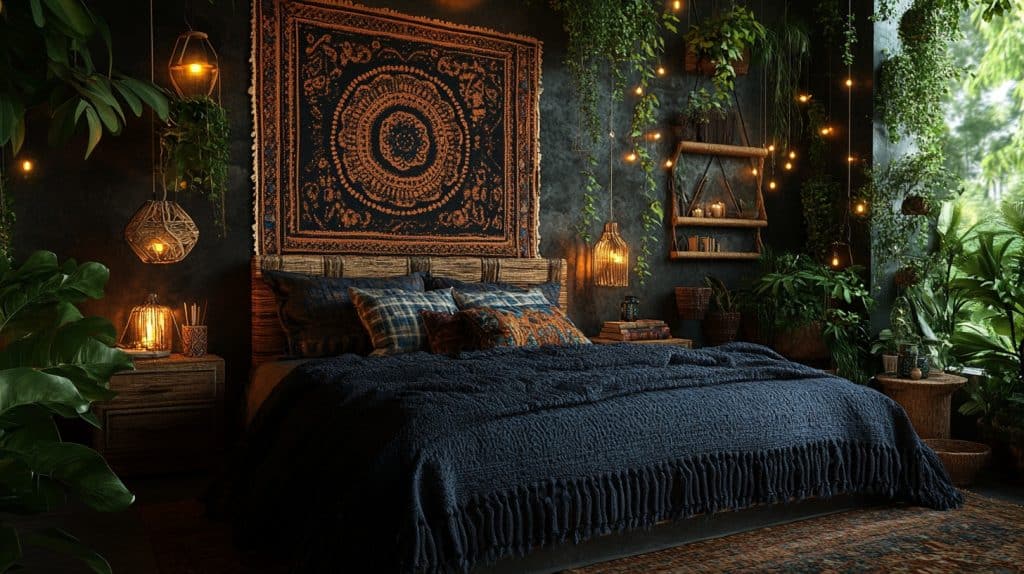Wabi Sabi Painting: Embracing Imperfection in Art
Painting isn’t about creating flawless masterpieces. It’s about telling a story through texture, emotion, and raw authenticity. Welcome to the world of wabi sabi – where imperfections aren’t mistakes, they’re the whole darn point.
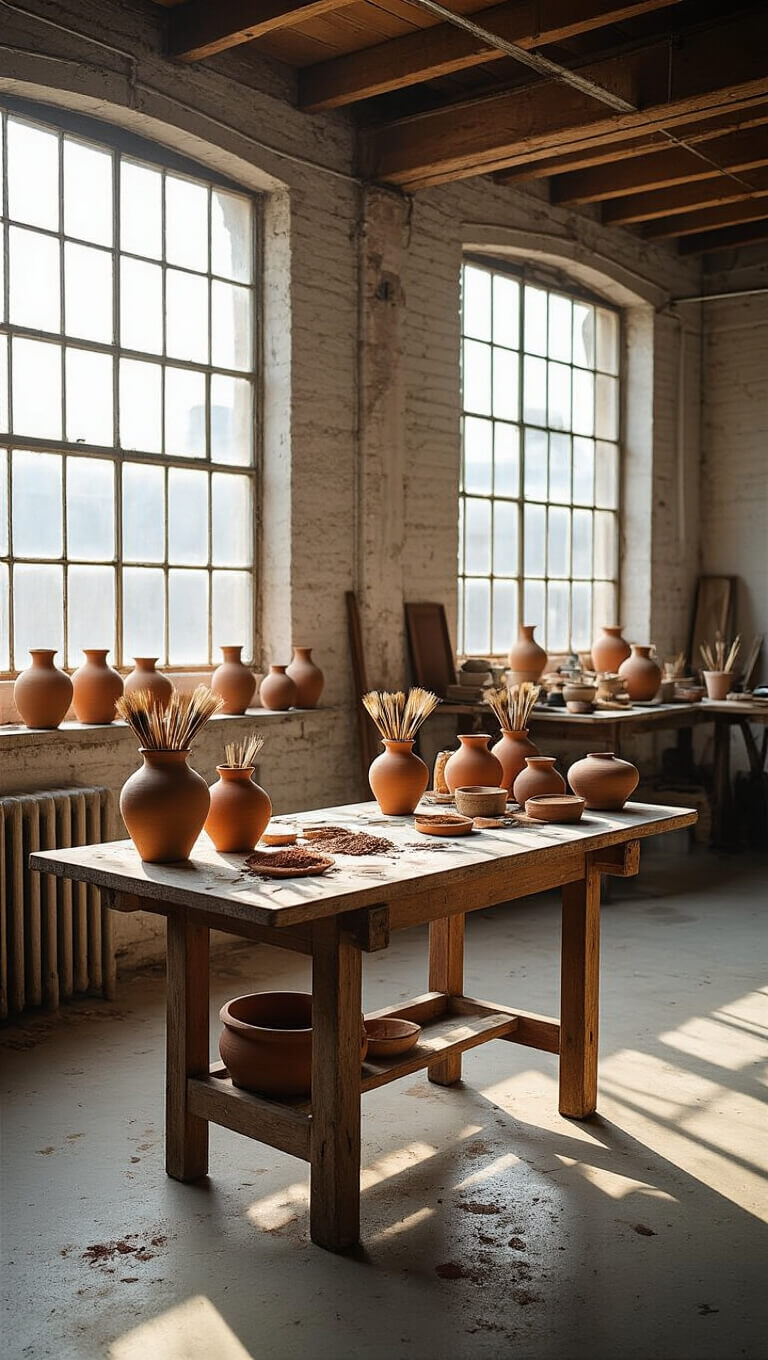
What Makes Wabi Sabi Painting Unique?
Imagine art that breathes like nature. Paintings that look like they’ve lived a thousand stories. That’s wabi sabi for you – a Japanese aesthetic that says, “Hey, those cracks and uneven lines? They’re beautiful.”
Key Elements That Define Wabi Sabi Painting
1. Color Palette: Whispers, Not Screams
- Soft earth tones
- Muted greens and grays
- Neutral shades that feel like a quiet morning
2. Texture is Your Best Friend
- Rough surfaces
- Layered brushstrokes
- Natural materials that tell a story
- Uneven lines
- Visible brush marks
- Intentional “mistakes”
5 Wabi Sabi Painting Techniques Anyone Can Try
1. The Earthy Abstract
Grab a palette knife and go wild. Mix earth tones, leave white spaces, and don’t you dare make it perfect. Those little cracks? They’re your signature.
2. Nature’s Collage
Grab some bark, stones, or leaves. Glue them down. Paint over lightly. Let nature peek through like a shy secret.
3. Minimalist Magic
Paint one simple line. But make it weird. Make it off-center. Let your brushstrokes be as spontaneous as a summer breeze.
4. Textural Playground
- Mix sand into your paint
- Build crazy thick layers
- Scrape back and reveal hidden stories
5. Weathered Wonderland
Dilute your paint. Create water marks. Let it look like time has touched your canvas.
Materials You’ll Need (Nothing Fancy)
- Rough canvas
- Wood panels
- Recycled cardboard
- Acrylics in soft colors
- Sand or modeling paste
- Old brushes
- Your own two hands
Pro Tips (From Someone Who’s Messed Up A Lot)
- Don’t plan too much
- Let layers dry and tell their own story
- Embrace every “mistake”
- Look to nature for inspiration
Common Beginner Mistakes (And Why They’re Actually Awesome)
- Uneven brush strokes? Perfect.
- Paint drips? Gorgeous.
- Accidental texture? Wabi sabi gold.
The Real Magic of Wabi Sabi
It’s not about making art. It’s about feeling art. About understanding that beauty isn’t perfection – it’s authenticity.
“Imperfection is not a flaw, it’s a feature.” – Wabi Sabi Philosophy
Quick Start Challenge
Grab whatever paint you have. Find something imperfect to paint on. Make marks. Don’t overthink. Just create.
Remember: In wabi sabi, there are no mistakes. Only stories waiting to be told.
Pro tip: Pinterest is your friend for inspiration. Search “wabi sabi art” and prepare to have your mind blown.

